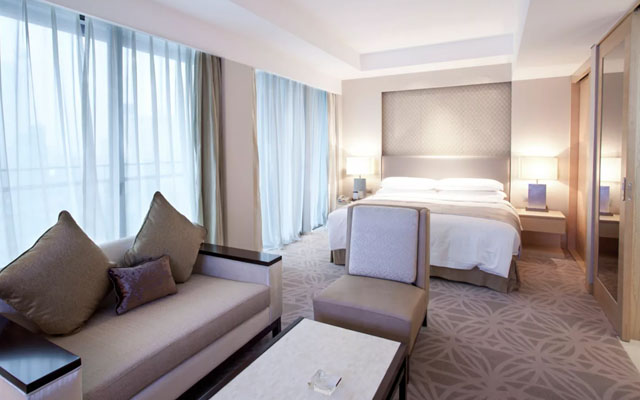With travellers harbouring higher expectations on personalised services as travelling restarts, the adoption of new technologies will be vital for the revival of the hospitality sector, says Sanjiv Verma, vice president, Ruckus Networks, APAC, CommScope

The deployment of contactless and connected services, and the Internet of Things (IoT) has typically been gradual in the hospitality industry.
However, with the pandemic accelerating a shift in regulations and consumer priorities on safety and hygiene, hoteliers have been forced to undergo an overnight pivot towards digitally driven models.
Simultaneously, the rapid digitalisation in everyday lives has also led to higher consumer expectations of hotel experience.
Heading into 2022, the anticipated resurgence of the travel industry and new dimensions of tourism will irrevocably transform how hotels operate and interact with its guests. As travelling restarts, and consumers are eager to make up for lost vacation time, digitalisation is empowering an era of new contactless guest experience in the hospitality industry.
A contactless era
Mobile devices have become crucial in the evolving hotel-customer dynamic, and targeted notifications that convey essential experiential services, such as automated check-in guides or booking of amenities like the gym or swimming pools to consumers’ personal smartphones will continue to be even more commonplace in 2022.
Such methods not only provide hyper-personalised attention but can allow staff to provide services from a safe distance as people learn to adjust everyday activities around Covid-19. Contactless technologies can even do away with access cards and allow mobile applications to open electronic door locks.
Similarly, with people now demanding integration of services into popular daily applications, hotels will be leveraging its property management system (PMS) to collect user information to offer tailored services and products.
Such collected data can even be used to develop applications that detect users’ location and then provide timely location-related services in response. For example, alerting staff to attend to guests who can then tip through QR codes on the staff’s badges without making physical contact, or even enforcing proper safe distancing measures in an overcrowded space.
Smarter facility management
Hotels will also increasingly use a wider range of connected sensors, lights and devices to provide more efficient and “smarter” facilities management.
For instance, the use of IoT applications will allow smart doors connected over the network to automatically adjust a room’s air conditioning if a door is left open for some time, or even activate nearby security cameras when unsuccessful attempts to unlock the door are detected.
Ideally, management of such smart facilities should be through a single integrated network platform, which can enable more granular control of other essential protocols like guests’ experiences and staff operations that are also empowered by IoT.
Great experience starts with great connectivity
Reliable high speed internet access will be at the centre of guest experience for both business and leisure travel. Merely offering free internet access is no longer enough, as customers expect their chosen accommodations to provide similar speed, dependability, and convenience that their office or home network provides.
In most cases, a good Wi-Fi connection is one of the determining factors whether someone chooses to stay in a hotel, or to be a returning guest. Good connectivity in the hotel not only ensures customer satisfaction, but also enables the efficient processing of user data between the IoT applications and connected devices for the hotel to deliver improved guest services.
With the increasing bandwidth demand, investing in next-generation Wi-Fi 6 is critical for hotels to be able to support large-scale and high-speed connectivity. This includes faster performance, with speeds up to four times faster than Wi-Fi 5, bringing the maximum throughput speed to 9.6 Gbps up from Wi-Fi 5’s 3.5 Gbps.
With the IoT market expected to grow to US$398.6 trillion by 2023 in Asia-Pacific alone, we can expect an increasing adoption of connected devices. Wi-Fi 6 deployments can help hotels leverage this exponentially growing trend, by enabling the connection to remain robust and seamless even if multiple devices are connected, ensuring optimal network performance in crowded or remote areas within the premises.
Providing improved and fuss-free guest experiences with heightened standards of connectivity and safety will be key in the economic revival of the hospitality sector. Underpinning this is effective digital transformation and the adoption of new technologies that will no doubt be vital for the success of the industry, while ensuring better preparedness for the future.




















